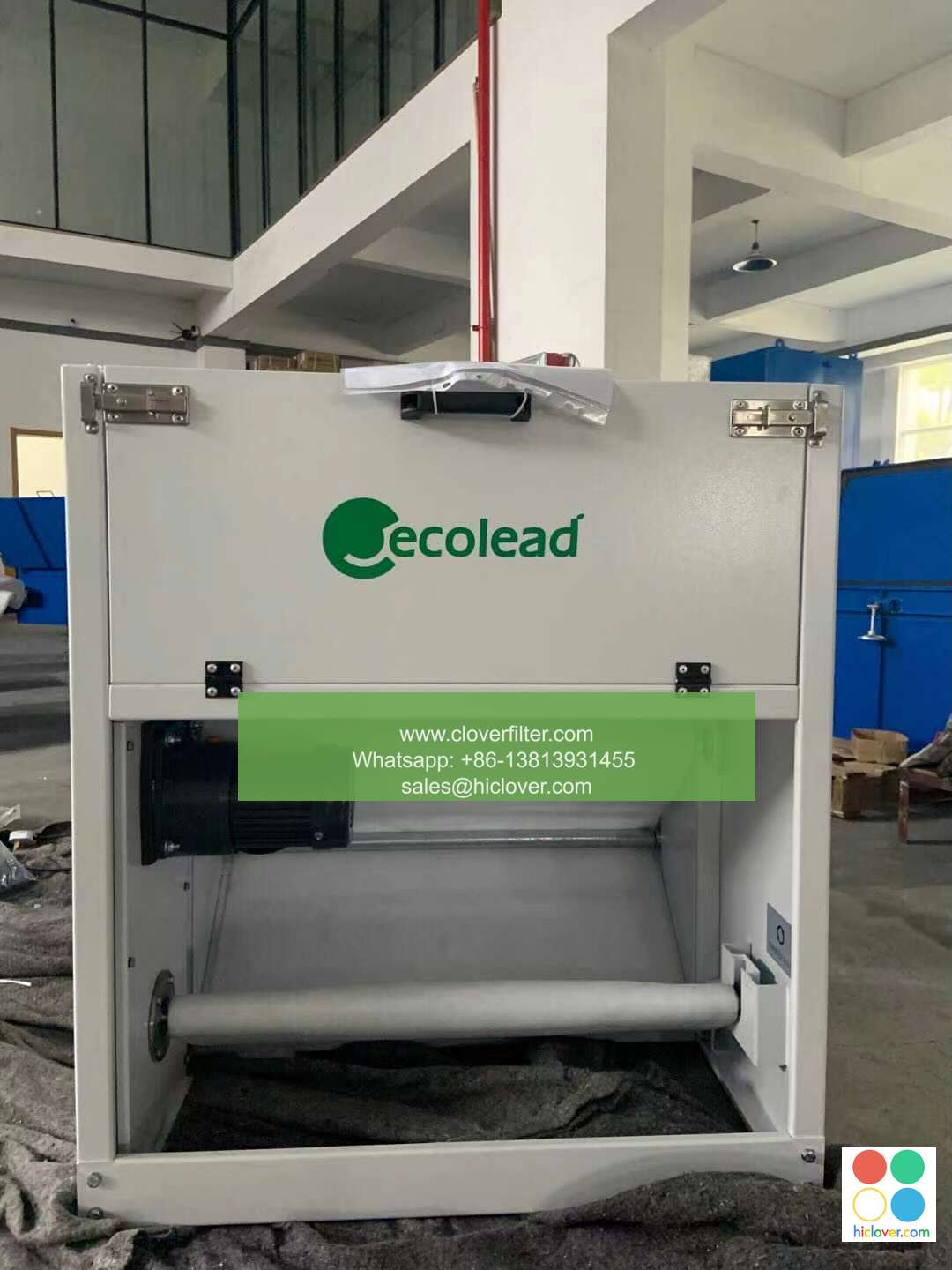Cleanroom Air Filtration 101: A Beginner’s Guide to Selecting the Right System for Your Needs

Cleanroom Air Filtration 101: A Beginner’s Guide to Selecting the Right System for Your Needs
What is Cleanroom Air Filtration?
Cleanroom air filtration is a critical aspect of maintaining a controlled environment, ensuring that the air inside a room is free from contaminants, particles, and other airborne impurities. This is essential in various industries, such as pharmaceuticals, biotechnology, and electronics, where the quality of the air can significantly impact the accuracy and reliability of products, processes, and results.
Why is Cleanroom Air Filtration Important?
In a cleanroom, even the smallest particle can compromise the integrity of the environment, leading to contamination, product failure, or even catastrophic consequences. Cleanroom air filtration is crucial in minimizing the risk of contamination, ensuring:
Particle-free air: Reduces the risk of particle contamination, which can damage sensitive equipment and compromise product quality.
Microbial-free air: Eliminates the risk of microbial growth, which can contaminate products and compromise their efficacy.
Types of Cleanroom Air Filtration Systems
There are several types of cleanroom air filtration systems, each designed to cater to specific needs and applications. The most common types of cleanroom air filtration systems are:
1. HEPA (High-Efficiency Particulate Air) Filters
HEPA filters are designed to capture 99.97% of particles as small as 0.3 microns, making them ideal for general laboratory and cleanroom applications.
2. ULPA (Ultra-Low Penetration Air) Filters
ULPA filters are designed to capture 99.99% of particles as small as 0.12 microns, making them ideal for high-containment laboratories and cleanrooms.
3. Activated Carbon Filters
Activated carbon filters are designed to remove gases, odors, and volatile organic compounds (VOCs), making them ideal for applications where chemical compounds are present.
4. UV (Ultraviolet) Air Purifiers
UV air purifiers use ultraviolet light to remove harmful microorganisms, making them ideal for applications where total microbial control is essential.
Selecting the Right Cleanroom Air Filtration System for Your Needs
When selecting a cleanroom air filtration system, consider the following factors:
- CFM (Cubic Feet per Minute): The volume of air being filtered.
- Filter Class: The level of particulate removal (e.g., HEPA, ULPA, etc.).
- Filter Life: The length of time the filter is expected to perform at the specified level.
- Filter Replacement: The process and cost of replacing filters.
- Power Requirements: The electrical needs of the system.
- Noise Level: The level of noise generated by the system.
Key Applications for Cleanroom Air Filtration Systems
Cleanroom air filtration systems are used in various industries, including:
- Pharmaceuticals: To maintain a sterile environment and ensure product quality.
- Biotechnology: To prevent microbial contamination and ensure product integrity.
- Electronics: To prevent particle contamination and ensure product reliability.
- Hospitals and Medical Facilities: To maintain a sterile environment and prevent the spread of diseases.
Conclusion
In conclusion, cleanroom air filtration is a critical aspect of maintaining a controlled environment, ensuring the quality and integrity of products, processes, and results. By understanding the different types of cleanroom air filtration systems and selecting the right system for your needs, you can ensure a particle-free and microbial-free environment that meets the required standards. With the right knowledge, you can achieve optimal results and maintain a cleanroom that meets the highest standards of quality and hygiene.
It looks like you didn’t provide a prompt. Is there something I can help you with or would you like to provide a prompt for me to respond to?


